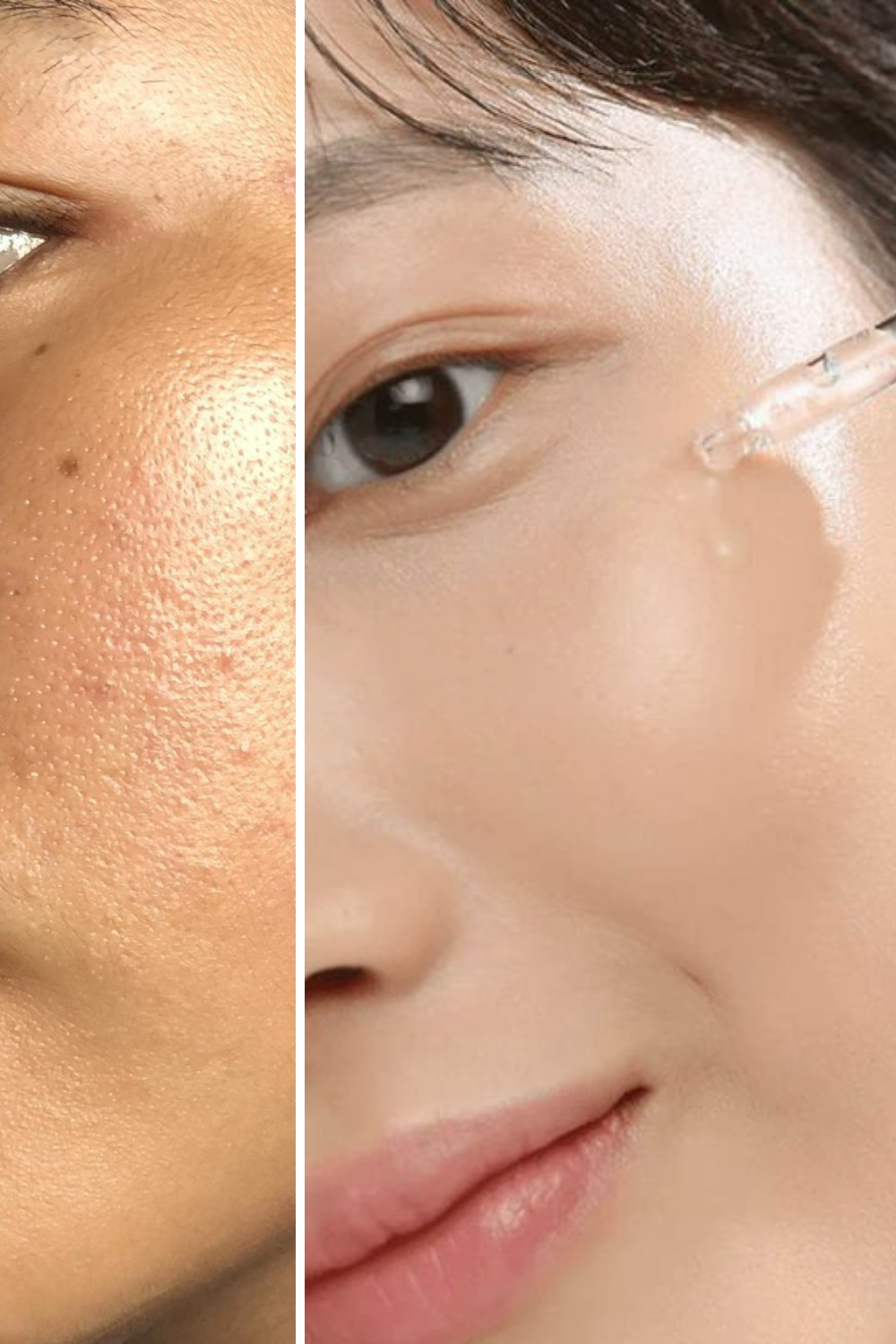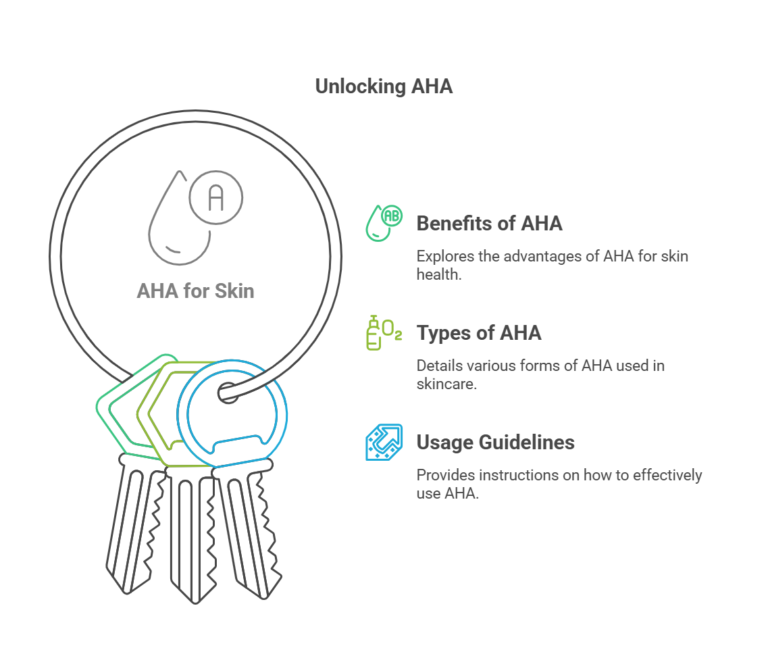Alpha Arbutin: The Dermatologist-Approved Skin Brightener
Alpha Arbutin is a powerhouse skincare ingredient known for its ability to fade dark spots, hyperpigmentation, and uneven skin tone. It is a naturally occurring derivative of hydroquinone, but unlike hydroquinone, it is much gentler on the skin while offering similar skin-brightening benefits.
Alpha Arbutin works by inhibiting tyrosinase, the enzyme responsible for melanin production, making it a go-to ingredient for those seeking a brighter, more even complexion.
Perfect Weekly Routine for Maximum Alpha Arbutin Benefits
| Day | AM Routine | PM Routine |
|---|---|---|
| Monday | Alpha Arbutin + Niacinamide | Exfoliant (AHA/BHA) + Alpha Arbutin |
| Tuesday | Alpha Arbutin + Hyaluronic Acid | Retinol + Moisturizer |
| Wednesday | Alpha Arbutin + Vitamin C | Alpha Arbutin + Peptide Serum |
| Thursday | Alpha Arbutin + Niacinamide | AHA/BHA + Alpha Arbutin |
| Friday | Alpha Arbutin + Sunscreen | Retinol + Alpha Arbutin |
| Saturday | Alpha Arbutin + Peptides | Alpha Arbutin + Moisturizer |
| Sunday | Alpha Arbutin + Vitamin C | Alpha Arbutin + Hydrating Mask |
What Not to Mix with Alpha Arbutin
To avoid irritation and ensure effectiveness, avoid mixing Alpha Arbutin with:
Benzoyl Peroxide – Can break down Alpha Arbutin’s stability.
Strong AHAs (like Glycolic Acid 10%+) – Over-exfoliation may weaken skin.
Copper Peptides – May interfere with its effectiveness.
High-Concentration Vitamin C (L-Ascorbic Acid) – Can destabilize Alpha Arbutin. (Instead, use Ethylated or SAP Vitamin C).
Best Combinations: It pairs well with Niacinamide, Hyaluronic Acid, Azelaic Acid, Kojic Acid, and mild exfoliants for enhanced brightening.

Alpha Arbutin Concentration Levels & Effectiveness
- 1% – Mild, good for beginners.
- 2% – Optimal for treating hyperpigmentation.
- Higher than 2%? – No proven extra benefits and may cause irritation.
Myths & Facts
Myth: Alpha Arbutin bleaches the skin.
Fact: It only inhibits melanin overproduction—it does not bleach.
Myth: Results appear overnight.
Fact: Takes 4-8 weeks of consistent use to see significant improvements.
Myth: You don’t need sunscreen with Alpha Arbutin.
Fact: Sunscreen is a must to prevent further pigmentation.
How is Alpha Arbutin Different from Other Brightening Agents?
| Ingredient | Brightening Effectiveness | Irritation Level | Best For |
|---|---|---|---|
| Alpha Arbutin | High | Low | All Skin Types |
| Hydroquinone | Very High | High | Stubborn Melasma (Under Dermatologist Guidance) |
| Vitamin C | Moderate | Medium | Dull Skin & Antioxidant Protection |
| Kojic Acid | High | High | Post-Acne Dark Spots |
| Niacinamide | Moderate | Low | Reducing Redness & Oil Control |
Alpha Arbutin is one of the safest and most effective brightening agents for all skin types. By using it consistently and correctly, combined with sunscreen and complementary ingredients, you can achieve a clear, even, and glowing complexion.
It gradually fades hyperpigmentation, prevents new dark spots, and enhances skin clarity without the harsh side effects of hydroquinone.






